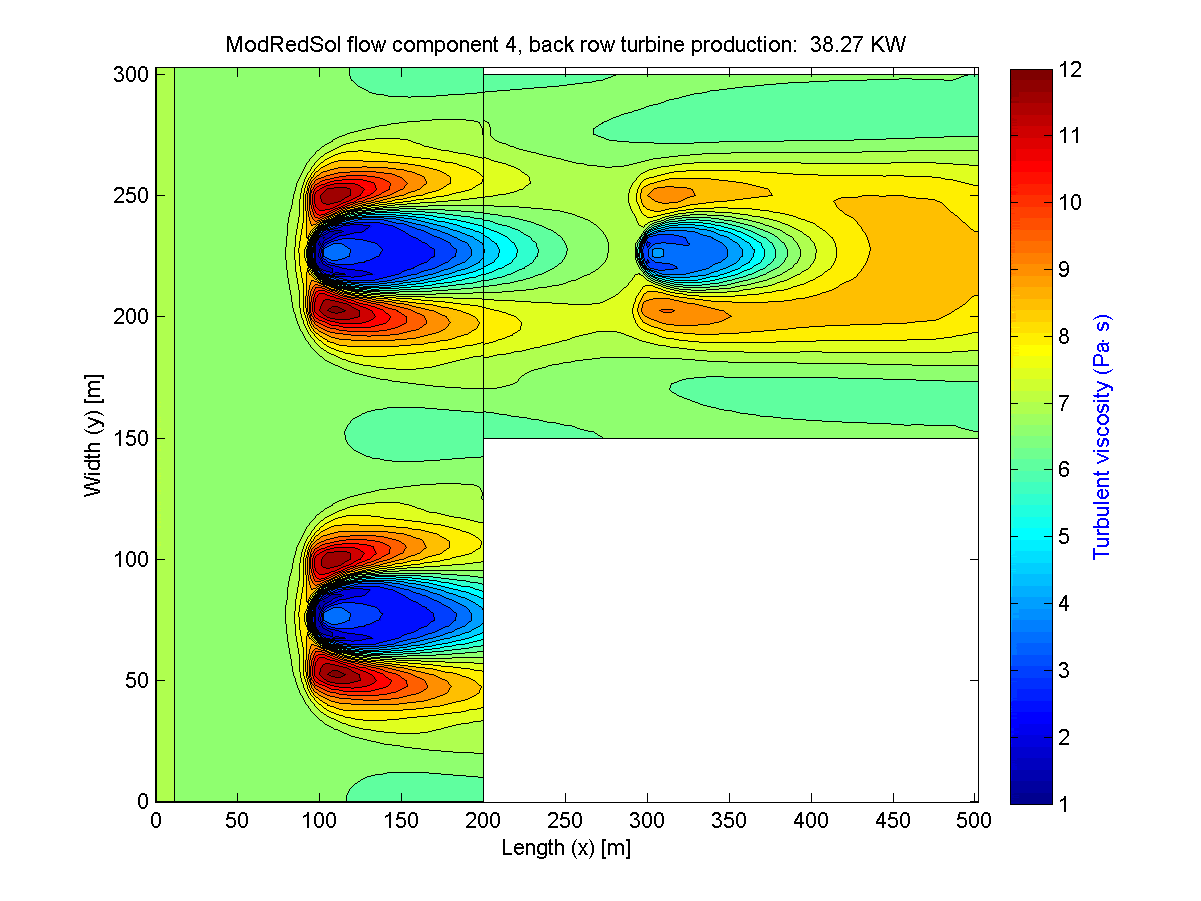Instant Wind – Model reduction for fast CFD computations
Research
Summary
The purpose of this study is to develop a method that allows using CFD results for fast wind flow calculations.
CFD models are computationally intensive, which limits its application for wind resource assessment. CFD calculation times for wind flow models may take from days to weeks to complete per simulation. Layout optimization algorithms would typically need to evaluate hundreds to thousands of turbine layouts. Moreover, Wind farm design is typically an iterative process requiring several changes in layouts as the projects progress. Faster and simpler models CFD are therefore being used to represent wind turbine wakes.
We apply model reduction techniques on CFD results to enable fast, almost instant wind farm simulations. A RANS CFD model with three turbines represented by actuator disks was used or our case study.
As the first step of the model reduction technique we create a set of CFD simulations with turbines in various positions to capture representative situations of wake interaction. From these simulation results we extract tiles being the rectangular regions of the wake field around each turbine.
In the next step we apply singular value decomposition on the tiles, which results in a set of basis vectors in reduced space. The CFD model of each tile can be reconstructed as a linear combination of the basis vectors in reduced space.
The last step involves coupling tiles by matching boundary conditions and satisfying the momentum equations of each tile.
The problem reduces to minimising the boundary matching errors and the errors of satisfying the momentum equations of each tile using the weight coefficients as decision variable.
The model reduction technique shows promising results in terms of precision, computation time and the number of basis vectors required for fast simulations of turbines moving in xy direction. The difference in production estimate between the CFD model and the reduced model was approximately 1.5%, while the model’s dimension reduces by a factor of 104 and correspondingly faster computations.
As the main outcome of this project, the implemented models are made publicly available for download at www.instantwind.com. While the model reduction method is implemented in both Matlab and OpenFoam, the model coupling method is described in Matlab.
The model coupling technique is intended for integration in tools for visualization and layout optimisation. Accompanied with the model reduction method is the two CFD models used for our case study in OpenFoam and WindSim. The simulations generated from the case study are available on the site, and the user can download the CFD models to generate their own set of simulations
An example application of a web-based simulation demonstrates the potential use of the model reduction technique for interactive visualization.
Access the full publication here
Authors:


